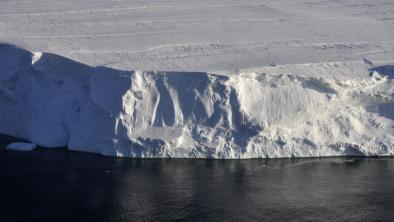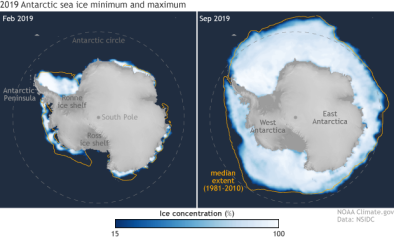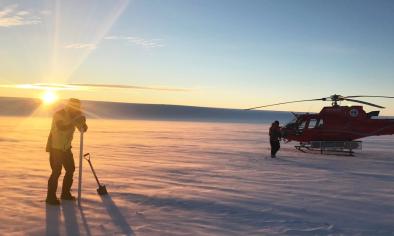Science Source
Winter warming in West Antarctica caused by central tropical Pacific warming
- States that the Pacific sector of Antarctica, including both the Antarctic Peninsula and continental West Antarctica, has experienced substantial warming in the past 30 years
- States that an increase in the circumpolar westerlies, owing in part to the decline in stratospheric ozone concentrations since the late 1970s, may account for warming trends in the peninsula region in austral summer and autumn
- States that the more widespread warming in continental West Antarctica (Ellsworth Land and Marie Byrd Land) occurs primarily in austral winter and spring, and remains unexplained
- Uses observations of Antarctic surface temperature and global sea surface temperature, and atmospheric circulation data to show that recent warming in continental West Antarctica is linked to sea surface temperature changes in the tropical Pacific
- States that over the past 30 years, anomalous sea surface temperatures in the central tropical Pacific have generated an atmospheric Rossby wave response that influences atmospheric circulation over the Amundsen Sea, causing increased advection of warm air to the Antarctic continent
- General circulation model experiments show that the central tropical Pacific is a critical region for producing the observed high latitude response
- Concludes that, by affecting the atmospheric circulation at high southern latitudes, increasing tropical sea surface temperatures may account for West Antarctic warming through most of the twentieth century
Related Content
Headline

Jan 29, 2020 | BBC News
Journey to the 'doomsday glacier'
Headline

Nov 22, 2019 | NOAA Climate.gov
Understanding climate: Antarctic sea ice extent
Headline

Mar 26, 2019 | The Guardian
Australian researchers find huge lakes beneath largest east Antarctic glacier
Science Source
| Geophysical Research Letters
Mass Loss of Totten and Moscow University Glaciers, East Antarctica, Using Regionally Optimized GRACE Mascons
Yara Mohajerani, Isabella Velicogna, Eric Rignot


